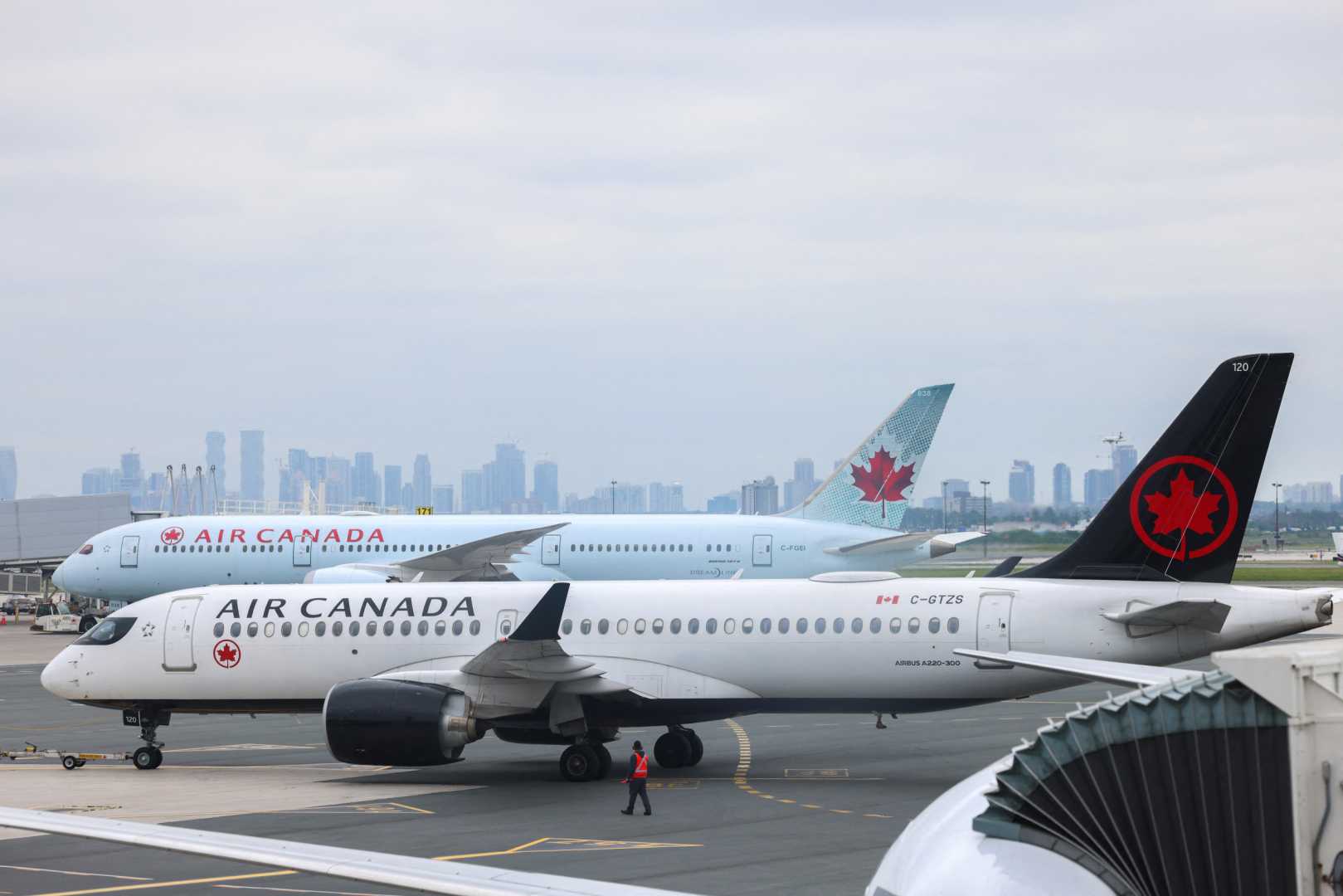Business
Airline Capacity Between Canada and US Plummets Amid Dwindling Bookings

DALLAS — Recent data from OAG, an aviation analytics firm, reveals a stark decline in airline capacity between Canada and the United States as the summer season approaches. On March 3, 2025, airlines had scheduled 320,000 fewer seats compared to previous filings, with significant cuts anticipated through the end of October.
The data indicates that airlines have reduced capacity by about 3.5%, particularly in July and August, which are peak travel months. The decline in capacity comes as forward bookings have plummeted by over 70% for every month leading up to the end of September this year.
“The decline is striking—bookings are down by over 70% in every month through to the end of September,” said the report. “This sharp drop suggests that travelers are holding off on making reservations, likely due to ongoing uncertainty surrounding trade disputes and political tensions between the countries.”
North America’s aviation landscape faces ongoing challenges as airlines adjust their schedules. For example, WestJet has introduced an additional 114 flights to European destinations like Dublin and Edinburgh, shifting capacity away from the U.S. market. However, Air Canada has not followed suit, citing limited availability at major European hubs as a complicating factor.
“Short-notice adjustments to schedules are always challenging for airlines, especially for the summer season when slot availability in alternate markets may not be easy to find,” a representative from OAG noted.
The shift in travel habits coincides with a decline in consumer confidence as economic uncertainty, rising inflation, and tightening budgets appear to squeeze Canadians’ travel plans. Many are opting to spend their vacation dollars in countries such as Mexico or the Caribbean rather than the U.S., further affecting the airline industry.
Travel experts predict that if these trends continue, the impact on Canadian airlines could be more severe than anticipated. The unsure environment might lead to significant changes in capacity management, potentially affecting long-term flights and profitability.
Travelers from Canada now face fewer options for cross-border flights and may experience increased travel prices due to reduced competition. If U.S. airlines do not adapt to receding demand from Canadian travelers, the implications could reverberate across the wider North American aviation industry, especially during high-margin summer months.
Market analysts assert that the traditional Canadian snowbird travel pattern could see drastic shifts as well, which, if prolonged, might lead to operational shortages in U.S. resorts and attractions that rely heavily on Canadian visitors.












